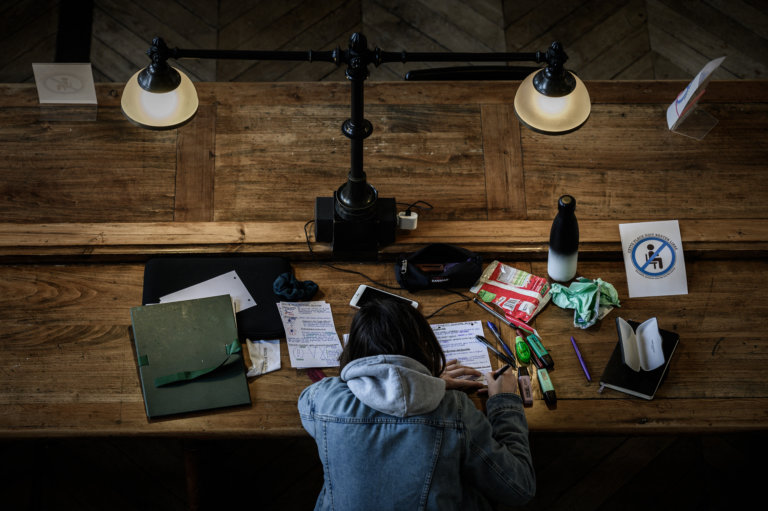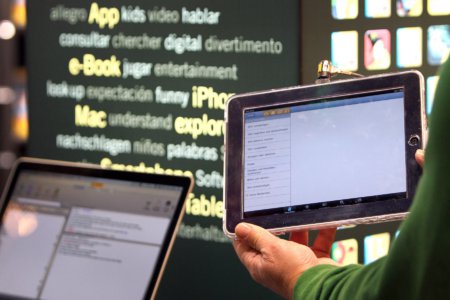
Picture this: you bought or downloaded a couple of new books this weekend. Perhaps it’s part of your New Year’s resolution to read more.
A week goes by, but you struggle to complete one chapter. You start to think: how can I read more?
If that sounds like you, you’re not alone. In a world where we have easy access to social media platforms like Tik Tok and Instagram, it can be challenging to focus on books.
Still, it’s possible — and you can start today. Research shows that it takes as little as 18 days to form a new habit and 66 days for a new behaviour to become automatic.
What’s more, we can break down some tips given by Ali Abdaal, an ex-doctor, Youtuber and podcaster who creates content on productivity and studying — which includes the art of reading more effectively and efficiently.

Ali Abdaal’s content revolves around productivity, studying, tech, entrepreneurship, and many more. They also include tips on how you can read more. Source: Amelie Querfurth/AFP
Fun fact: Did you know that there are four levels of reading?
These levels were created by Mortimer Adler, an American philosopher and educator, to help you understand a book on a deeper level.
- Level 1 (Elementary Reading): You’d read the words on the page, follow the plot, and grasp what the book is trying to say.
- Level 2 (Inspectional Reading): You try to uncover the picture the author is trying to paint
- Level 3 (Analytical Reading): You examine the author’s argument and develop a thorough understanding of the book.
- Level 4 (Syntopical Reading): You start thinking about your general understanding of the subject — focusing on your overall fluency in the broader topic.
Once you begin to work your way through these levels, you would have developed a solid foundation to retain more of what you read, allowing you to read more.

If you have the money to spare and want to invest in a good reading device so you can read more, invest in a Kindle, which can cost as low as 69 pounds. Source: Daniel Roland/AFP
3 fool-proof tips to help you read more faster
Pause and reflect on what you read
A scientifically proven method is to give yourself a little time to reflect on what you just read.
That means:
- Mentally identifying the main points or concepts
- Jotting down the essential pieces of information
- Considering how the content impacted you
- Thinking about how the content resonates with your personal preference, personality, and experiences
By having a strong association with the content you read, you will likely remember them better.
Kindle highlighting
A Kindle is a small hand-held electronic device for reading books developed by Amazon.
What sets this device apart is how you can highlight anything that resonates with you. You can even build a library of highlights from the books you’ve read.
Pair this with Readwise, an online service that connects to your Amazon account and automatically imports all your Kindle highlights, and you’ll receive an email with five random Kindle highlights from your library.
This makes it easy to access your nuggets of wisdom. In Abdaal’s words, he is able to “come across highlights from my favourite books that are spookily relevant to what’s going on in my life.”
Train your brain with impression, association, and repetition
Let’s say you read “Ikigai: The Japanese Secret to a Long and Happy Life.” You love this concept and want to remember it as much as possible. Here’s how:
Impression: Try to remember the things that brought the most joy in your life. Or read an important passage out loud, as some of us remember better with sounds rather than visuals.
Association: Link the text to something you already know. Building on our previous example, you can think back to when other parts of the Japanese Ikigai concept applied to your life.
Repetition: It helps to boost your memory. You can do this by re-reading a specific passage, highlighting them, or jotting them down so you can refer to the passage later.










